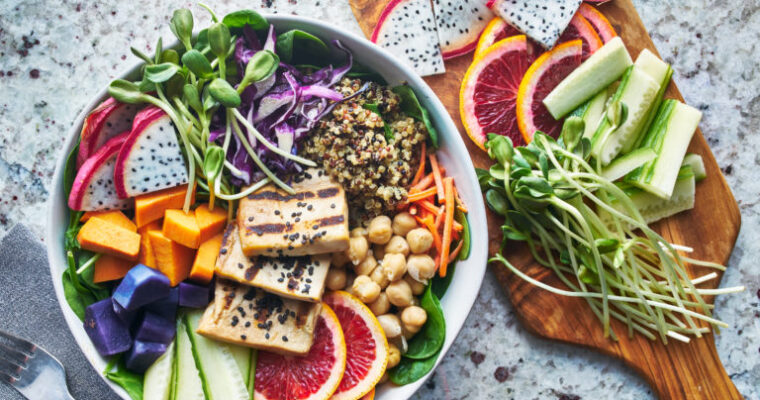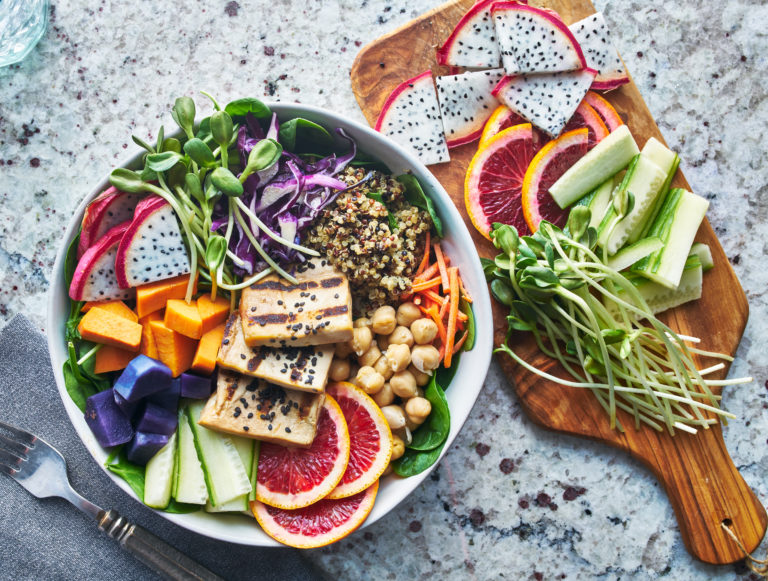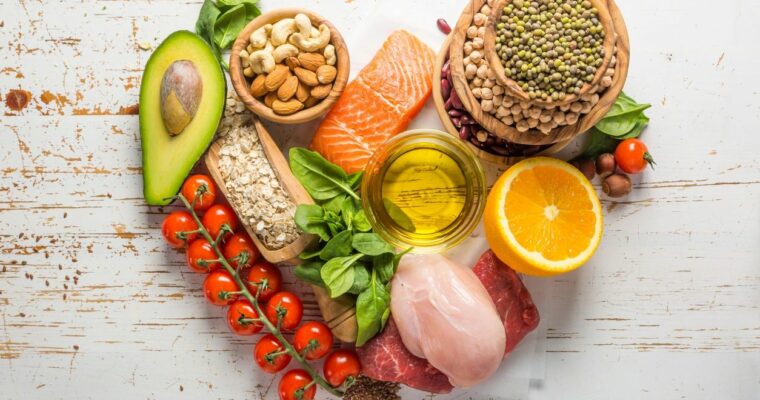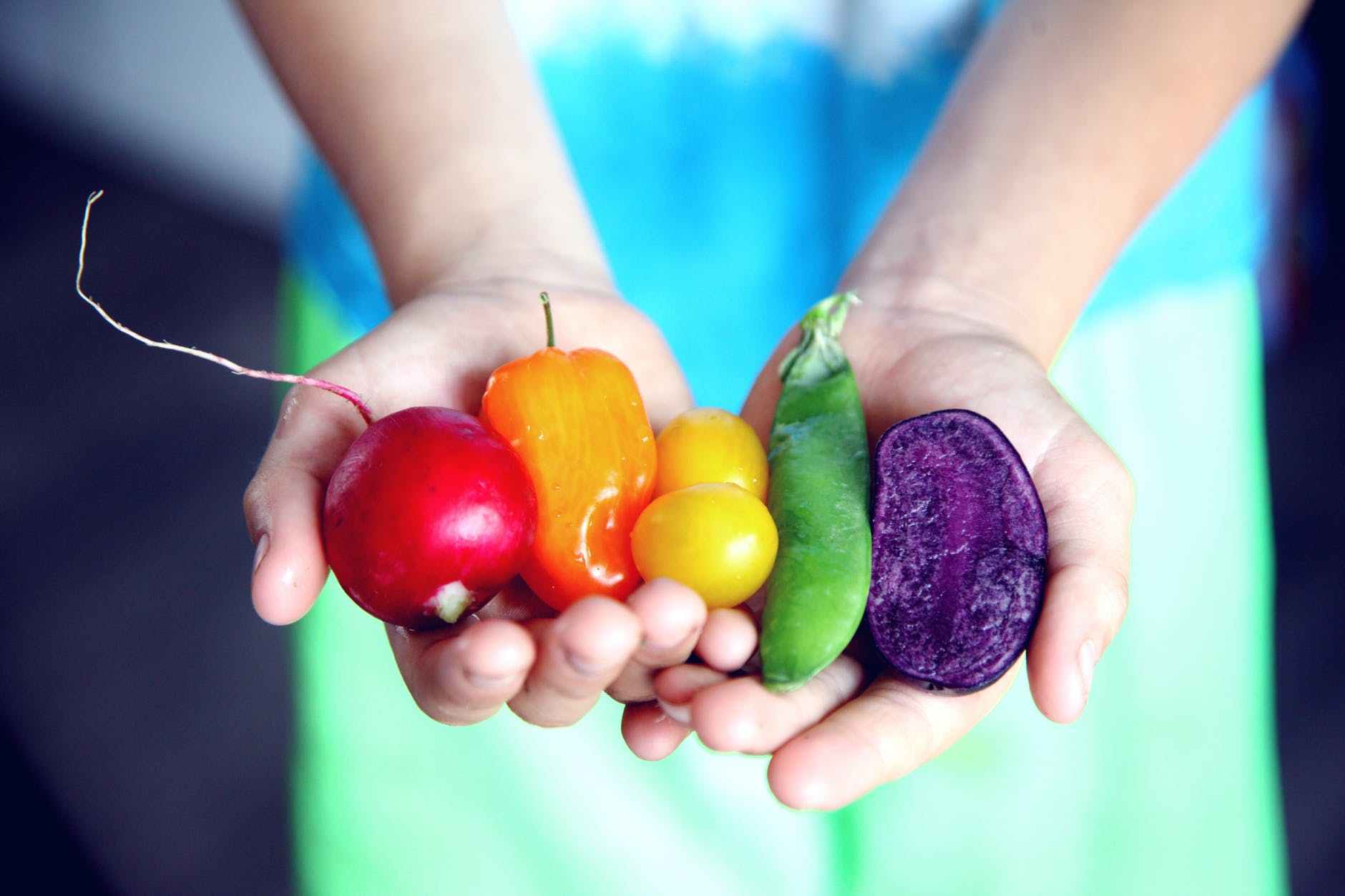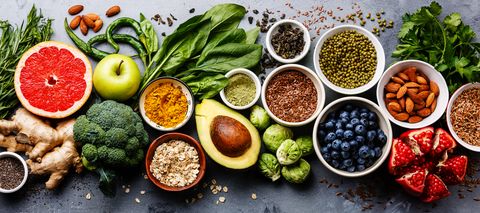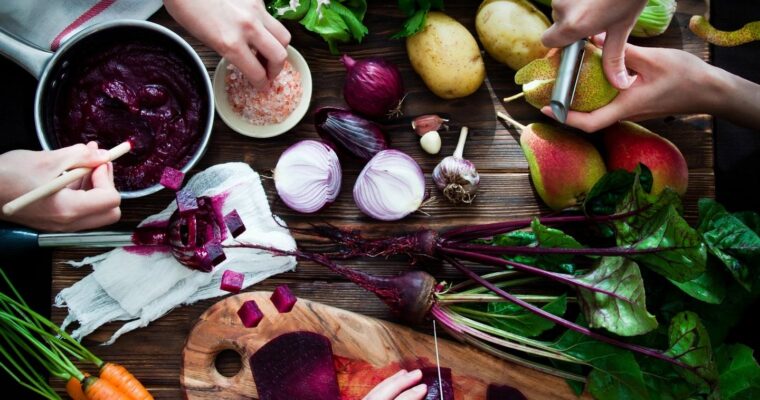Have you spent a lot of the beginning of 2020 wishing that you were happier with your life and less stressed? A lot of the time, we take our happiness cues from the outside, especially ones that other people can see. And if we don’t meet these standards or ideals, we can quickly feel that happiness is out of reach. Rather than putting your ideals of happiness onto other people or in material things, it’s super important to recognize that true happiness has to come from within you. Ready to start finding you happy in 2020? Here are some tips for being happier and less stressed in the year ahead.
Tips for Finding Your Happy, Stress Free Place
Move away from negative thinking
If negative thinking is a problem for you, it’s definitely something you’ll want to change in 2020 to achieve your year of happy. Negative thinking can be a vicious cycle that leads to a lot of stress, anxiety and depression. Breaking this cycle is one of the best things you can do for finding a happy and stress free place.
Being in the present moment is super important for stopping negative thinking in its tracks. It helps to put some distance between yourself and the things that trigger your negative thoughts. It forces your mind to become aware of negative thoughts and take a step back from them so that they lose their power.
Reframing your thinking is also a good goal for promoting a happy, stress free life. Do you always tend to think negatively about situations? It can be a big challenge to flip this around and see the positive side of things instead. Start trying to put a positive slant on situations that would normally give you stress and bring your mood down. For 2020, aim to reframe your thinking at least once a day. Over time, you’ll train your mind to look for the positives and encourage different thought patterns.
Immerse yourself in authentic experiences
Linking your happiness to outside factors often fails to achieve the happiness you were hoping for. Instead of setting goals relating to money, status and other things that you think will make you more satisfied with your life, swap them for authentic experiences that make you feel genuinely happy. Focusing on things like your hobbies and friendships can help you to feel emotions such as joy, contentment and relaxation.
This has been backed up by a study carried out by a psychology professor at Cornell University. He set out to see whether spending money or having experiences ultimately made people happier. The end result? Experiences had the power to increase happiness, partly due to the fact that we tend to experience them with other people. This gives them more meaning and makes them more memorable.
Practice self-acceptance
In a 2014 study that looked at “happiness habits”, self-acceptance was one of the habits that was deemed most likely to lead to genuine happiness. We’re often a lot kinder to other people than we are to ourselves. If this is true for you, it’s time to change this.
Being kind to yourself is one of the best things you can do to make 2020 the year of happy but it can be difficult to achieve, especially if you’re used to being negative about yourself.
If you feel you’re not good enough, you’re more likely to look outside of yourself for happiness. If you’re setting intentions around happiness in the New Year, it’s hugely important to work on self-acceptance first and commit to self-love in 2020.
Show compassion and gratitude
As you may know, gratitude and random acts of kindness have both been shown to improve happiness and life satisfaction. One of the reasons for this is the fact that it helps you to feel better about yourself.
Being thankful can have a major impact on your wellbeing and studies have linked keeping a gratitude diary to optimism, improvements in mood and better physical health. Having a more positive outlook on life can help to reduce stress and cut back on negative thinking, which makes gratitude a much underrated way to feel happier about life.
A gratitude diary isn’t the only way to feel more thankful. A few ways that you can embrace gratitude include sending heartfelt and handwritten notes to people who have made a positive difference to your life, taking a walk in nature and feeling grateful for the natural world around you, and reflecting at mealtimes on the work involved in getting food onto your plate.
Research has repeatedly linked kindness to feeling happier. One theory for this involves the production and release of neurochemicals that create a “high” … not that dissimilar to a chemical “high”! It also encourages your brain to release oxytocin, also known as the “love hormone”.


